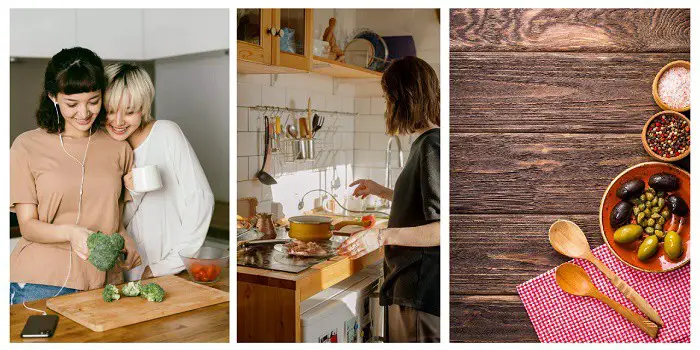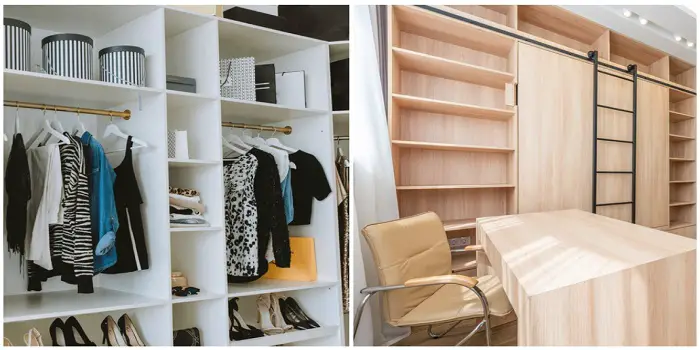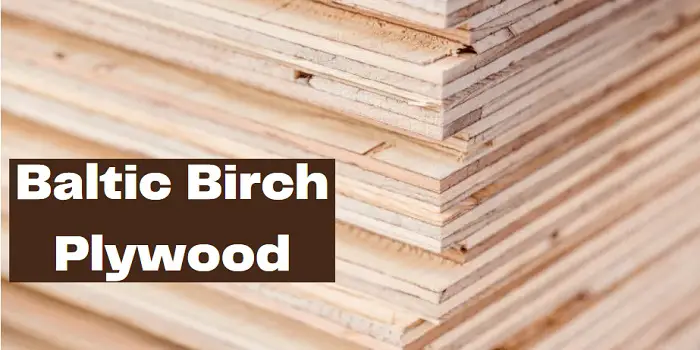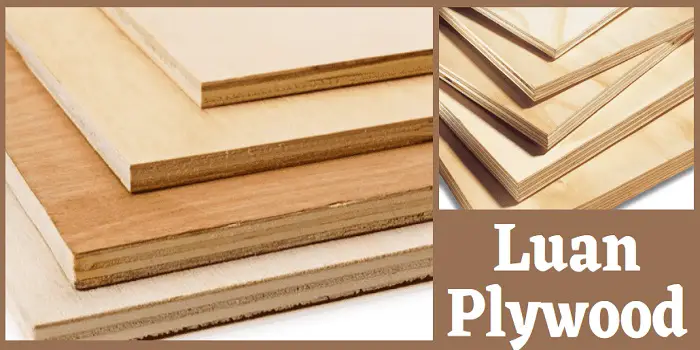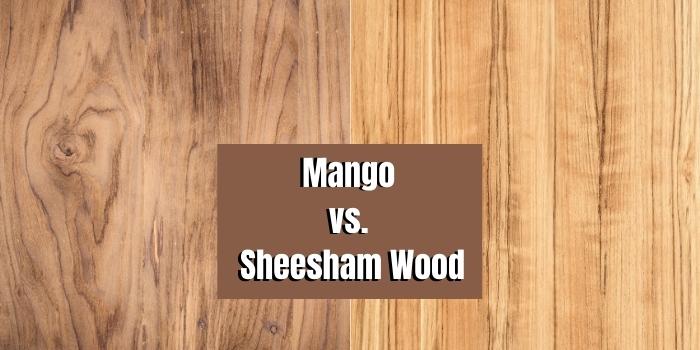
Used for many centuries, wood is strong, durable, and relatively easy to shape, which makes it the perfect choice for furniture.
Of the many different types of wood that could be used for creating furniture, the two that have stood out over the years include Mango and Sheesham.
Both Sheesham and Mango are quite popular, given their inherent characteristics.
So, choosing between the two can be a difficult task if you are not sure of their properties.
In short, Sheesham is better if you are looking for furniture that is more durable and offers a better natural luster. Also, for overall quality, Sheesham does have its advantages over Mango.
However, Mango is lighter and can be used with other materials easier to create different types of furniture. Mango is also better if you are looking to create replica vintage furniture.
What follows is a comparison between Sheesham and Mango so you can make the best-informed decision about which is best for you and your furniture.
Sheesham vs. Mango: Comparison Table
| Sheesham | Mango | |
|---|---|---|
| Botanical name: | Dalbergia sissoo | Mangifera indica |
| Color: | Golden to reddish-brown | Multicolored due to spalting |
| Janka Scale Rating: | 1660 | 1070 |
| Smell: | Odorless | Faint mango smell when freshly cut |
| Workability: | Easy | Easy |
| Usage: | Carving & furniture | Carving & furniture |
| Durability: | Medium | Highly durable |
| Maintenance: | Moderate | Low |
Mango vs. Sheesham Wood
Now that you know the basics about both Mango and Sheesham, it’s time to learn about the differences in a direct comparison.
1- Appearance:
Although the color is a subjective matter, Sheesham does have an attractive golden-brown or sometimes reddish-brown with dark streaks that are quite appealing.
Mango will often have streaks of pink, black, or yellow, depending on the wood.
If you see Mango that is pale, that may be the sapwood, in which case you should avoid making the purchase.
2- Cost:
While Mango is somewhat more costly, the difference is really not all that much.
Both kinds of wood are rather inexpensive compared to many standard hardwoods such as maple, oak, or teak. Therefore, either wood is a good alternative to the more expensive types.
3- Durability:
Mango is quite durable but has no natural resistance to insects. This means that the wood will need to be treated with an insecticide to ensure it has not been infested.
Sheesham, however, has a natural resistance to many wood-boring insects, including termites. That means it will last longer and not warp to the degree that may occur with Mango.
You may still need to treat Sheesham with an insecticide, but it does better resist pests and rot compared to Mango.
4- Maintenance:
Caring for and maintaining both mango and Sheesham wood furniture will depend on different factors.
Mango does have a natural finish that does not require any oil or paint. However, it does require being treated with insecticide.
Sheesham is more resilient and does not require as much maintenance. However, Mango is better if you are going to paint the wood.
Keep in mind that if you have woodboring beetles, even Sheesham cannot resist them. So, you will need to treat the wood with an insecticide if woodboring beetles are present.
5- Sustainability:
If you are concerned that the world may run out of Mango or Sheesham, you can rest assured that both trees are doing fine.
Mango grows very fast and is ready for harvesting in just 15 years. However, it is often not cut down until it can no longer bear fruit.
Sheesham does not grow nearly as fast compared to Mango, but it does grow in places where most trees would not survive. Therefore, both trees are highly sustainable.
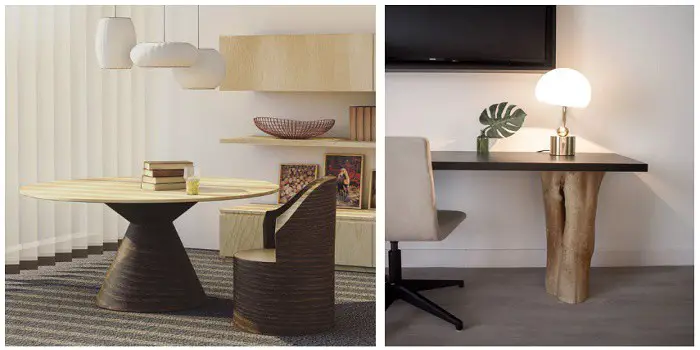
Mango Trees and Wood: Characteristics & Uses
A wood that is quite common in the Indian subcontinent, Mango is a popular choice for furniture.
The grainy structure of Mango can be used without the need for a polish, but the shine and smoothness that polishing the wood add do enhance its appearance.
A tropical hardwood, Mango does not require any finishing to be used for making furniture.
And because the trees grow across a wide region of the Indian subcontinent, they are plentiful and affordable despite being in high demand.
It is true that of the hardwoods found in this part of the world, Mango is the softest. But that does not detract from its durability.
Mango is also somewhat lightweight, which means furniture made from this wood will be lighter compared to most other types found in this part of the world.
Maintenance is not bad either, as a clean cloth with warm water will be sufficient to clean the wood without damaging it.
Because Mango wood can be cut and shaped easily, it makes for a popular choice.
Other advantages include the minimal amount of residue present in Mango. Its ability to be combined with other materials makes it quite versatile.
And, when hand-bugged, it gives off a vintage appearance which is quite attractive. This is why Mango is often used to make replicas of antique furniture.
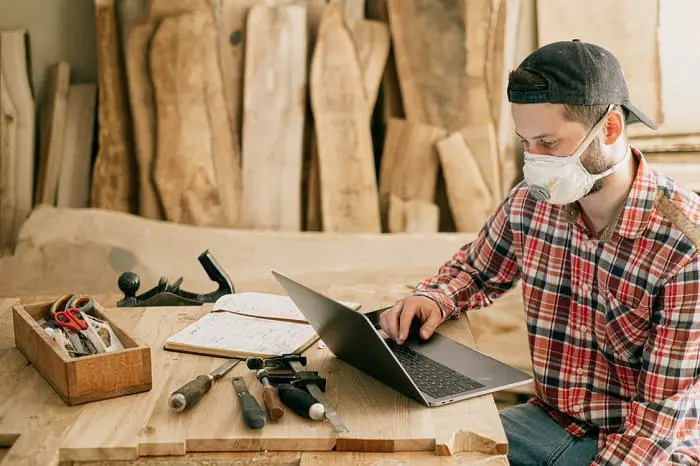
Sheesham Trees and Wood: Characteristics & Uses
Sometimes called Indian Rosewood, Sheesham is one of the most popular types of wood used to create furniture.
The tree itself is plentiful, normally found in the Haryana area and the surrounding territory.
Sheesham has a color range that extends from white to a pale brown for the sapwood and dark or golden brown for the heartwood.
The golden-brown shade offers a strong clue as to the furniture being made of Sheesham.
You can find Sheesham used in India and Pakistan.
And while it is plentiful, it is in such demand that it is an expensive wood as well.
Tough, durable, and pleasing colors, furniture made from Sheesham heartwood is quite beautiful and desirable to own.
However, you need to be aware of the overall quality as the sapwood of Sheesham is not durable.
Some of the advantages that Sheesham offers are its durability and resistance to moisture.
This means that it will not shrink or warp because of being exposed to humid conditions.
When polished, Sheesham is not only smooth but offers an attractive surface.
In addition, the wood will resist pests and fungus and offers a natural shine that makes it stand apart from most other wood.
Is teak wood the same as mango?
Mango and teak wood, when used for furniture, may appear to be similar, but they differ significantly when it comes to their workability, maintenance, durability, and cost.
However, both these kinds of wood are versatile and equally strong.
So, you can buy any of them for building materials or furniture as per the availability in your area.
Is mango wood better than Oak?
Mango is much better than inferior quality pine furniture, and it’s as better as hardwood like oak.
The wood from mango trees is also very sturdy and hardwearing, like oak.
Therefore, if you are considering furniture made of mango wood, rest assured that the quality is as high as buying oak furniture.
To sum up,
When you think of interior furniture for your home, wood is the material that comes to mind. It also helps that wood has been used for so long as furniture that it offers a timeless quality. That means it will look stylish and modern even if the design of the furniture is quite old.
While both types have their merits, Sheesham does win in terms of overall durability.
When picking between Sheesham and mango wood, go through the pros and cons of each in detail and then choose based on the attributes of the wood that you desire for your furniture.
Share the post "Mango vs. Sheesham Wood: Which is Better for My Furniture?"

Hi, I am Mark Garner a professional carpenter, woodworker, and DIY painter. I live in the small city of Peoria, Arizona as a semi-retired woodworker. I have started this blog with a simple motive to help you with my wood experience in this sector. If you like to know more about what I love doing and how it all got started, you can check more about me here.

